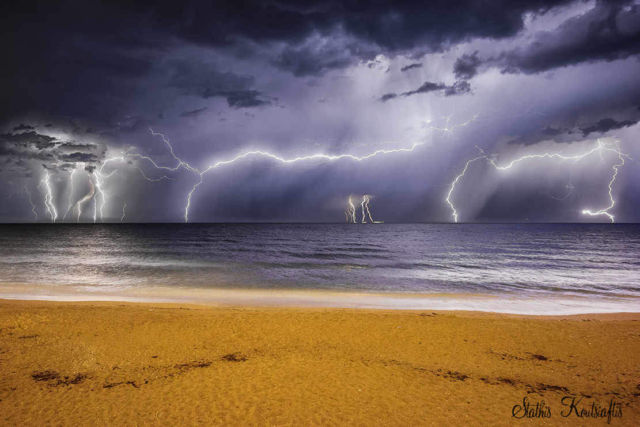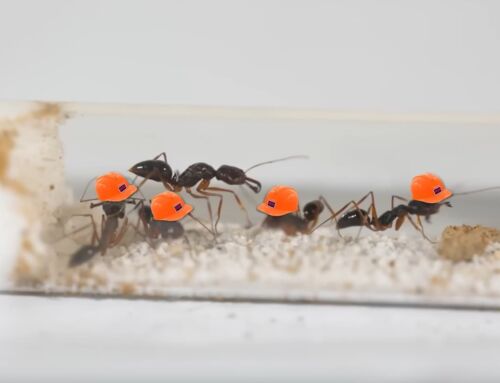A new study suggests that lightning created an essential element available to organisms in habitable environments, on Earth and elsewhere.
The search for life on other planets is a lot like cooking.
“You can have all the ingredients in one place—water, a warm climate and thick atmosphere, the proper nutrients, organic material, and a source of energy—but if you don’t have any processes or conditions that can actually do something with those ingredients, you’ve just got a bunch of raw materials going nowhere.”
Image captured by Stathis Koutsiaftis, on the night of August 7, 2016. This view was taken from a beach overlooking the Ionian Sea, in Greece.
So sometimes, life needs a spark of inspiration—or maybe several trillion of them. A new study published in Nature Communications suggests lightning may have been a key component in making phosphorus available for organisms to use when life on Earth first appeared by about 3.5 billion years ago. Phosphorus is essential for making DNA, RNA, ATP (the energy source of all known life), and other biological components like cell membranes.
“This study was actually a lucky discovery,” says Benjamin Hess, a Yale University researcher and lead author of the new paper. “It opens up new possibilities for finding life on Earth-like planets.”
This new study discusses the role of lightning in a different way, though. A big question scientists have always pondered has to do with the way early life on Earth accessed phosphorus. Although there was plenty of water and carbon dioxide available to work with billions of years ago, phosphorus was wrapped up in insoluble, unreactive rocks. In other words, the phosphorus was basically locked away for good.
source Nature Communications, MIT






Or by the one true Lord….
Who made the lightning David?